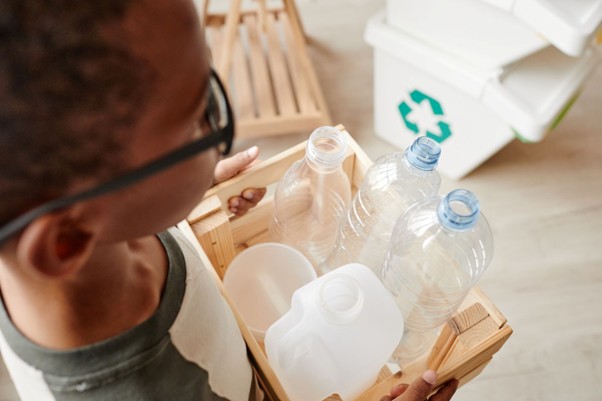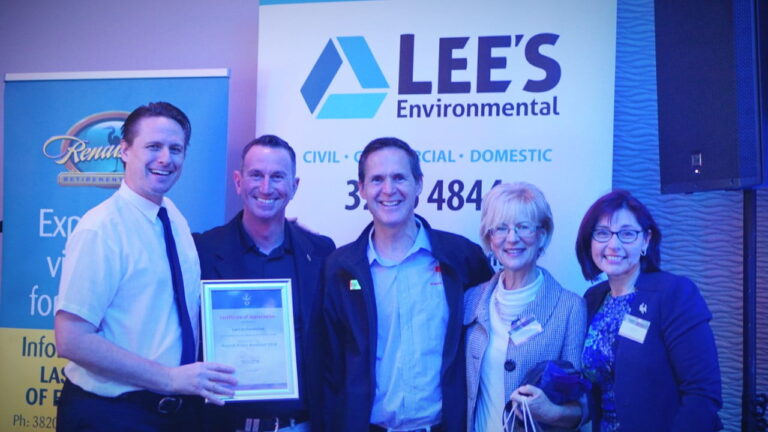As part of a global push to cut greenhouse gas emissions and repair the damage climate change has already done, waste solutions companies across Australia have begun hunting for greener options. Rubbish still makes up a big slice of the nation’s carbon pie, so understanding how we manage that waste is the first step toward living more lightly on the planet.
Yet the world of waste management can feel more tangled than a ball of old headphone cords. A mix of fresh eco-ideas and decades of on-the-ground know-how is what today’s “environmental” solutions rest on.
In short, that system is almost as busy and layered as the Australian economy itself. By breaking it down piece by piece, households and businesses can see exactly where they fit, and where they can push things in a greener direction.
At Lee’s Environmental, we’ve proved to be a reliable partner for any business seeking to improve their waste solutions and reach better environmental goals.
Waste Solutions in Australia
Australian waste practices have changed plenty over the years.
Like every other early society, the first communities in Australia had their own ways to deal with rubbish. Because these small groups were mostly focused on finding food, shelter, and water, their systems were simple.
They usually threw out organic scraps, avoided bigger piles of hazardous waste, and relied on nature to break things down, a form of recycling management that we should not forget.
Even today, the heart of good waste management is keeping what enters the house and what is thrown away under control.
The boom in mass production that followed the rise of factories in the late 1800s marked the start of over-consumption in Australia. Rather than picking up and repairing items, people began to buy new ones, and authorities gave little thought to limiting this habit.
Waste and Recycling Management Services
Managing the mess we now face has fallen mostly to government groups such as the Environmental Protection Agency, or EPA.
Yet change must also come from kitchens, schools, and garages around the country. Every person can cut back on waste by buying only what is really needed and looking for longer-lasting alternatives that reduce environmental impact.
Greener and more environmentally friendly waste management techniques are the focus of environmental rubbish solutions.
It addresses the core cause of waste production using a systems-based approach. Environmentally friendly waste management is the primary objective of environmental waste solutions and waste recycling.
Additionally, most modern waste solutions like those found at Lee’s Environmental can handle various waste management needs like septic waste solutions, recycling services, resource recovery, as well as tailored services and personalised support for your specific waste needs.
Industrial Waste Management and Liquid Waste
While it probably shouldn’t need explaining, industrial waste spills over into many other parts of society.
Think about big factories. Their machines pull in raw materials, churn out finished goods, and in between they create many types of leftover material—paper scraps, spilled chemicals, broken parts.
That leftover material—chewy shred from product testing, old pallets, the ink-stained sheets—bears the same name as the loose papers packed away in a desk drawer.
Smart green programmes track every bit, because waste doesn’t appear in a single skip at the end of the month. Taming it requires early cleanup at each stage, from design sketches through shipping and helps to promote a sustainable future.
How to Cut Waste
A step-by-step plan makes waste easier to pin down and slash. A sharp waste manager probes the whole company, similar to a keen accountant hunting hidden fees through tailored solutions to waste and recycling.
First, trim or ban single-use items, then ask the staff what containers, tools, and packaging they can safely reuse.
Next, question every new job: Could we build less or keep old stock alive longer? Finally, lean on local waste offices. They know the laws, the weird recycling twists, and sometimes even take troublesome stuff off your hands for free.
Environmental Waste Disposal
Environmental waste disposal includes recovering, recycling, reusing, reducing, and finally disposing of items so they harm nature as little as possible. The goal is a cleaner future that lessens climate change damage.
Waste-reduction methods work side by side with this care-based disposal. In a perfect world, making less stuff would mean sending less to the landfill.
Still, pretending people will never create waste again ignores everyday reality. Even the strongest cuts leave some leftovers, so the search continues for smarter, greener ways to handle what remains.
Landfills can be a handy way to get rid of rubbish. They let cities move garbage off the streets quickly and keep dangerous materials out of sight.
That said, National Geographic reminds us that rolling every problem into a dump is not smart. Real progress on waste should go far beyond just piling it in the ground.
What is Zero Garbage and Resource Recovery?
Zero garbage describes the dream of creating no waste at all. To reach that dream, products must be made so they don’t leave leftover junk. Three simple ideas—reduce, reuse, recycle—act as the backbone of this goal.
But zero garbage offers more than a clean shop floor. It also aims to shrink the harmful chemicals tucked inside some goods.
With less poison in the mix, future waste is easier to touch and much safer to dump. Even so, critics say the dream is too bold because it asks the industry to turn on a dime.
Non-Hazardous Waste Solutions
Practical waste plans begin with everyday rubbish that is not harmful. The trick is to steer that clean waste away from energy-hungry dumps and toward kinder paths.
Long-lasting results only come from long-lasting ideas. The plan looks after every resource it uses, cutting waste the same way other green moves do.
Even marked non-hazardous, rubbish still needs a smart hand. Its bite is smaller than that of dangerous waste, yet there are still small risks to people and the planet.









